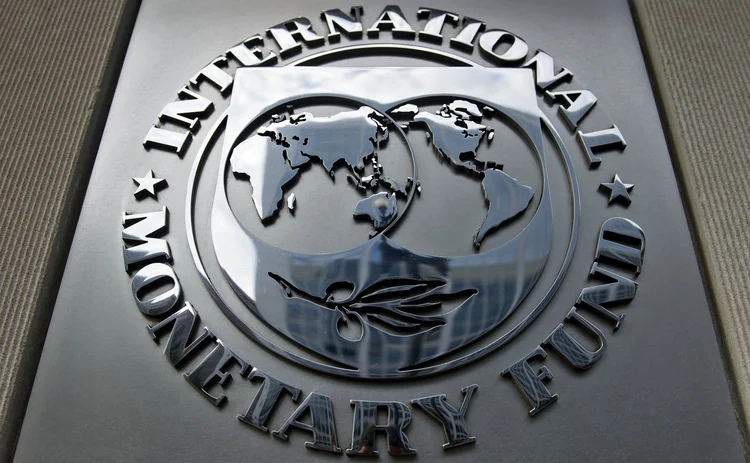
Podcast: the legal implications of CBDC
The majority of central banks cannot issue CBDCs to the public under current frameworks

Very few central banks have the appropriate legal frameworks in place to allow them to launch central bank digital currencies (CBDCs) to members of the public.
In Central Banking’s latest Tech Talk podcast episode, Arthur Rossi and Akihiro Yoshinaga from the International Monetary Fund’s legal team discuss the legal foundations of CBDC under central bank and monetary law.
“The introduction of CBDC raises many important legal questions,” says Yoshinaga. “These questions have practical implications as CBDCs will need to have sound legal foundations in order to be accepted by the public.”
From a legal perspective, design has an important role to play. Account-based CBDC is similar to current digital forms of money used within interbank payment systems, whereby participant firms have accounts with central banks.
“Its legal features are well designed and understood,” Yoshinaga says. “Token-based CBDC is the one which raises numerous legal implications.”
As part of their research, Yoshinaga, Rossi and their colleagues analysed the frameworks of 174 central banks to see whether they would allow for the issuance of CBDCs.
Their findings, which were published at the end of 2020, concluded most central banks (61%) cannot issue a tokenised version of CBDC. For a further 16% it was not clear whether their legal frameworks would allow such a design.
Similarly, although most central banks have legal frameworks to allow firms to open accounts, only 6% have the legal backing to issue a general-purpose account-based CBDC, where consumers would be able to open an account directly with the central bank, Rossi explains.
Rossi says central bank law issues can be solved through relatively straightforward legal reforms; monetary law issues, however, pose a more fundamental legal challenge.
From a monetary law perspective, it is not evident CBDCs can be granted “currency” status.
But Yoshinaga and Rossi argue it is not necessary for CBDCs to be deemed currency – after all, central bank ‘book money’ is arguably the most used within the financial system and is not legally defined as currency or legal tender.
Index
00:00 Introduction
01:46 Legal risks of CBDCs
04:20 Design importance
06:45 Impediments with current legal frameworks
09:10 Changes needed to legalise CBDC issuance
11:02 The importance of monetary law
12:50 Is legal tender status necessary?
14:30 Challenges associated with changes to monetary law
16:15 Does the definition of money need to change?
Only users who have a paid subscription or are part of a corporate subscription are able to print or copy content.
To access these options, along with all other subscription benefits, please contact info@centralbanking.com or view our subscription options here: subscriptions.centralbanking.com/subscribe
You are currently unable to print this content. Please contact info@centralbanking.com to find out more.
You are currently unable to copy this content. Please contact info@centralbanking.com to find out more.
Copyright Infopro Digital Limited. All rights reserved.
As outlined in our terms and conditions, https://www.infopro-digital.com/terms-and-conditions/subscriptions/ (point 2.4), printing is limited to a single copy.
If you would like to purchase additional rights please email info@centralbanking.com test test test
Copyright Infopro Digital Limited. All rights reserved.
You may share this content using our article tools. As outlined in our terms and conditions, https://www.infopro-digital.com/terms-and-conditions/subscriptions/ (clause 2.4), an Authorised User may only make one copy of the materials for their own personal use. You must also comply with the restrictions in clause 2.5.
If you would like to purchase additional rights please email info@centralbanking.com test test test








